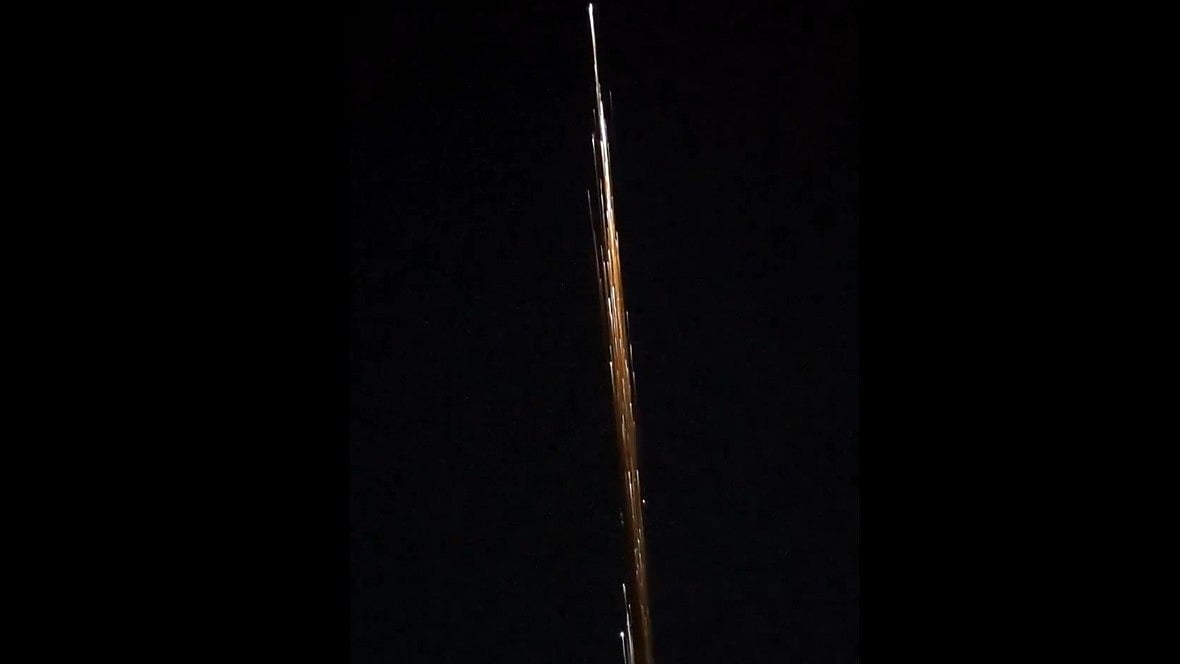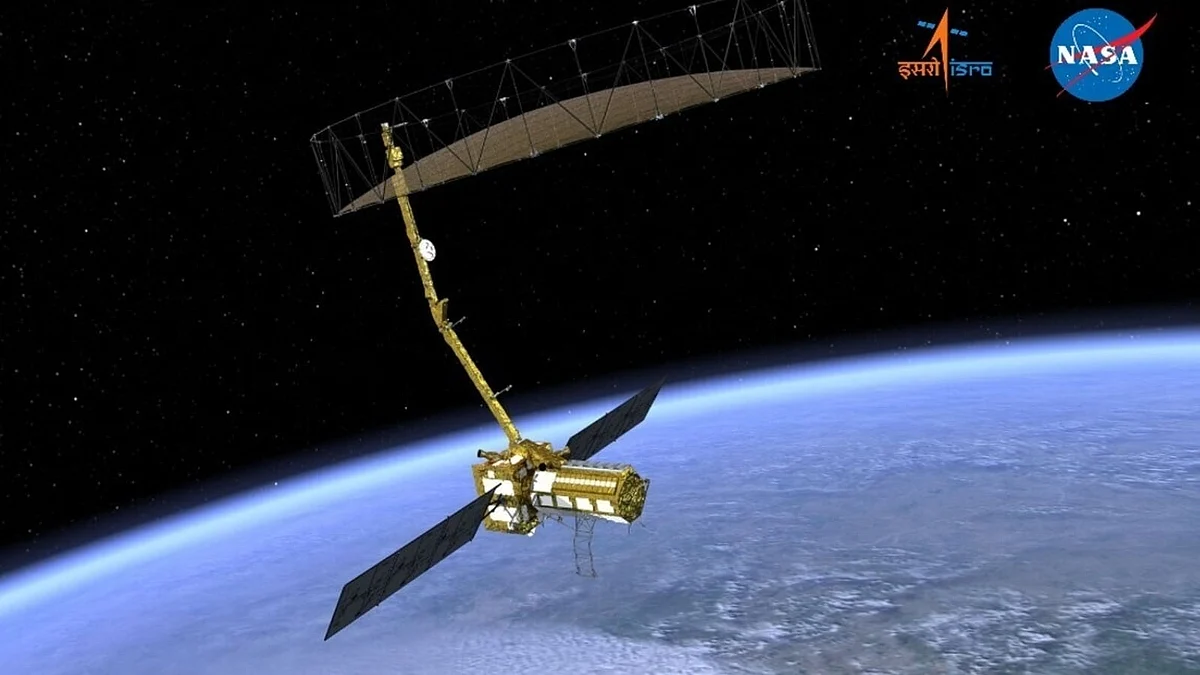Paris: In a first, astronomers have identified a planet that is spiralling towards a cataclysmic collision with its ageing sun. As per an AFP report, this could potentially offer a glimpse into how Earth could meet its end one day.
The findings were published in 'The Astrophysical Journal Letters'. The team which comprises of mostly US-based researchers, hope the doomed exoplanet Kepler-1658b can help shed light on how worlds die as their stars get older.

Kepler-1658b's rounds around its sun are getting shorter
The exoplanet Kepler-1658b is 2,600 light years away from Earth and is known as a "hot Jupiter" planet.
Kepler-1658b's orbit is getting shorter by around 131 milliseconds a year, according to the study published in The Astrophysical Journal Letters. The exoplanet's rotation around its host star takes less than three days.
"We've previously detected evidence for exoplanets inspiraling toward their stars, but we have never before seen such a planet around an evolved star," says Shreyas Vissapragada, a 51 Pegasi b Fellow at the Center for Astrophysics | Harvard & Smithsonian and lead author of a new study describing the results. "Theory predicts that evolved stars are very effective at sapping energy from their planets' orbits, and now we can test those theories with observations." The ill-fated exoplanet is designated Kepler-1658b. As its name indicates, astronomers discovered the exoplanet with the Kepler space telescope, a pioneering planet-hunting mission that launched in 2009. Oddly enough, the world was the very first new exoplanet candidate Kepler ever observed. Yet it took nearly a decade to confirm the planet's existence, at which time the object entered Kepler's catalogue officially as the 1658th entry.
Kepler-1658b is a so-called hot Jupiter
The nickname is given to exoplanets on par with Jupiter's mass and size but in scorchingly ultra-close orbits about their host stars. For Kepler-1658b, that distance is merely an eighth of the space between our Sun and its tightest orbiting planet, Mercury. For hot Jupiters and other planets like Kepler-1658b that are already very close to their stars, orbital decay looks certain to culminate in destruction.
Measuring the orbital decay of exoplanets has challenged researchers because the process is very slow and gradual. In the case of Kepler-1658b, according to the new study, its orbital period is decreasing at the minuscule rate of about 131 milliseconds (thousandths of a second) per year, with a shorter orbit indicating the planet has moved closer to its star.
Detecting this decline required multiple years of careful observation. The watch started with Kepler and then was picked up by the Palomar Observatory's Hale Telescope in Southern California and finally the Transiting Exoplanet Survey Telescope, or TESS, which launched in 2018. All three instruments captured transits, the term for when an exoplanet crosses the face of its star and causes a very slight dimming of the star's brightness. Over the past 13 years, the interval between Kepler-1658b's transits has slightly but steadily decreased.
Cause of orbital decay of Kepler-1658b
The root cause of the orbital decay experienced by Kepler-1658b is tides -- the same phenomenon responsible for the daily rise and fall in Earth's oceans. Tides are generated by gravitational interactions between two orbiting bodies, such as between our world and the Moon or Kepler-1658b and its star. The bodies' gravities distort each other's shapes, and as the bodies respond to these changes, energy is released. Depending on the distances between, sizes, and rotation rates of the bodies involved, these tidal interactions can result in bodies pushing each other away -- the case for the Earth and the slowly outward-spiralling Moon -- or inward, as with Kepler-1658b toward its star.
There is still a lot of researchers do not understand about these dynamics, particularly in star-planet scenarios. Accordingly, further study of the Kepler-1658 system should prove instructive.
The star has evolved to the point in its stellar life cycle where it has started to expand, just as our Sun is expected to, and has entered into what astronomers call a subgiant phase. The internal structure of evolved stars should more readily lead to the dissipation of tidal energy taken from hosted planets' orbits compared to unevolved stars like our Sun. This accelerates the orbital decay process, making it easier to study human timescales.
The results further help in explaining an intrinsic oddity about Kepler-1658b, which appears brighter and hotter than expected. The tidal interactions shrinking the planet's orbit may also be cranking out extra energy within the planet itself, the team says.
Vissapragada points to a similar situation with Jupiter's moon Io, the most volcanic body in the Solar System. The gravitational push-and-pull from Jupiter on Io melts the planet's innards. This molten rock then erupts out onto the moon's famously infernal, pizza-like surface of yellow sulfurous deposits and fresh red lava.
Stacking additional observations of Kepler-1658b should shed more light on celestial body interactions. And, with TESS slated to keep scrutinizing thousands of nearby stars, Vissapragada and colleagues expect the telescope to uncover numerous other instances of exoplanets circling down the drains of their host stars.
"Now that we have evidence of inspiraling of a planet around an evolved star, we can really start to refine our models of tidal physics," Vissapragada says. "The Kepler-1658 system can serve as a celestial laboratory in this way for years to come, and with any luck, there will soon be many more of these labs."
(With inputs from ANI)











